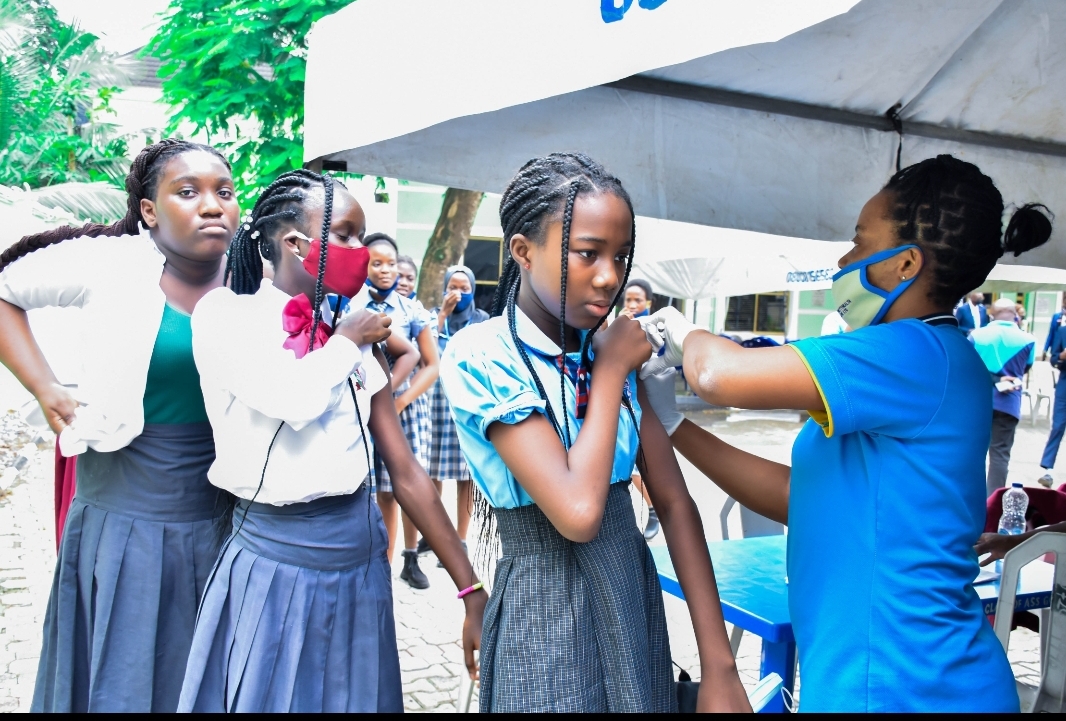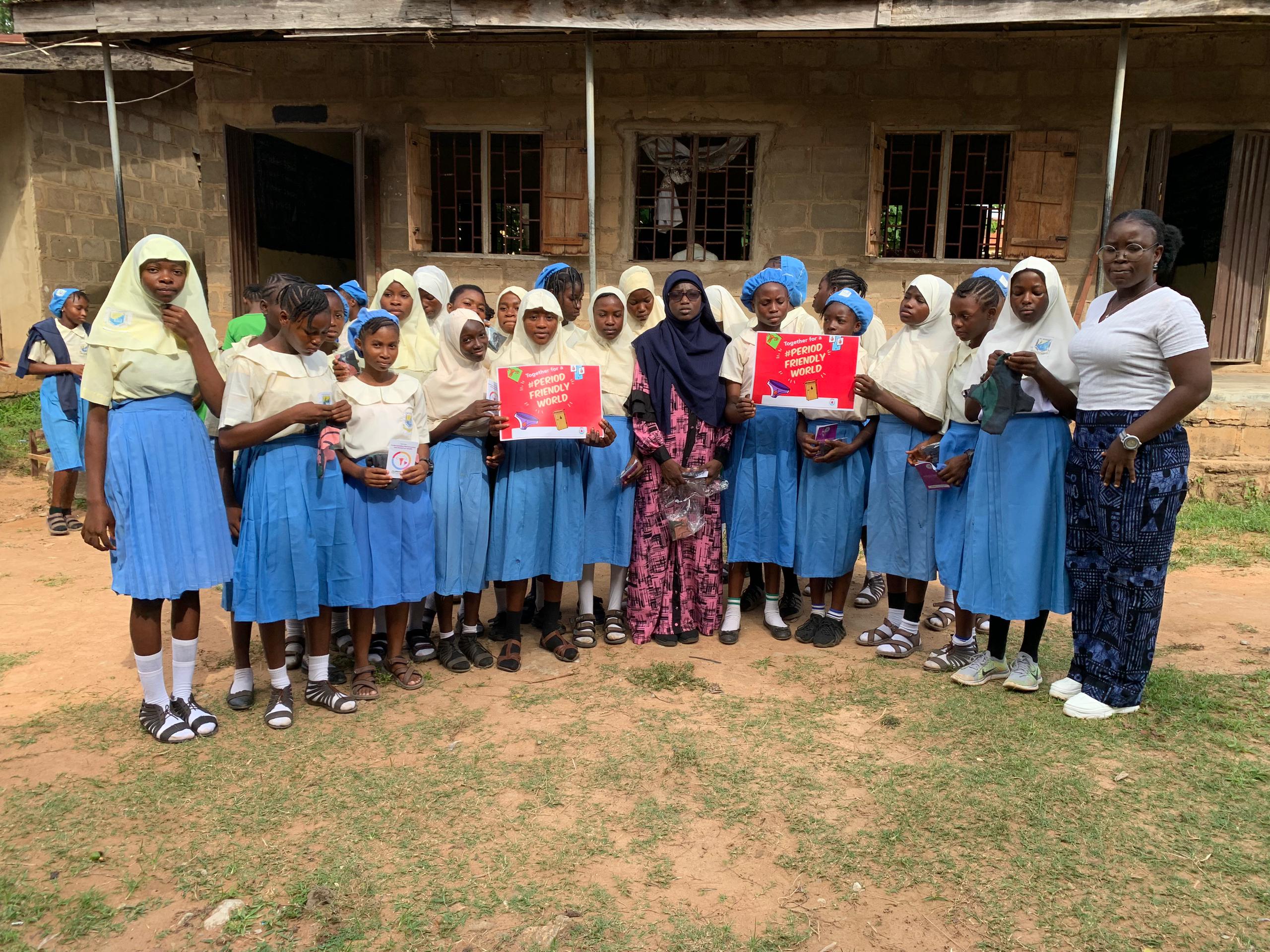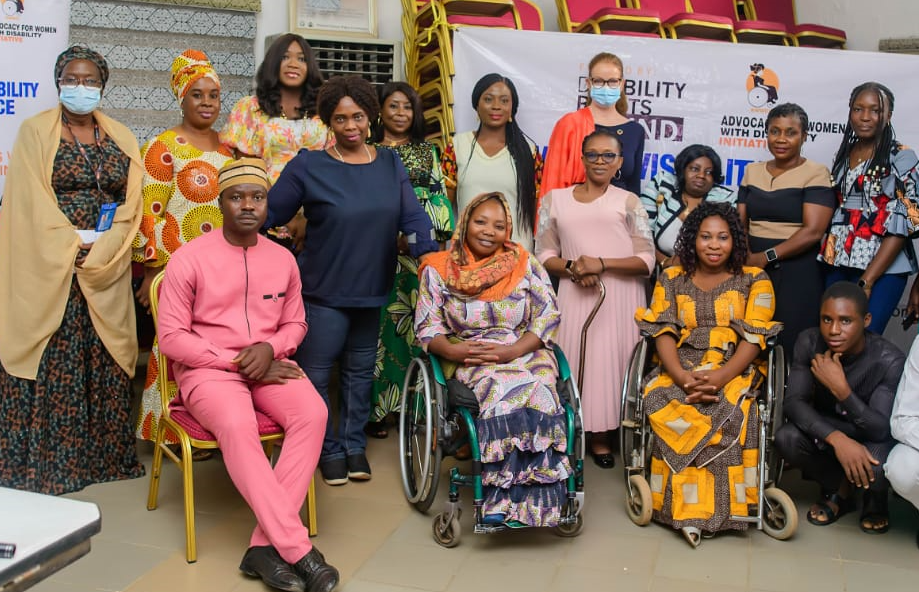Secondary school girls being vaccinated against cervical cancer at the Lagos Rotary centre
A recent report says world leaders will lose $110 trillion between 2024 and 2025 if investment in programmes targeted at improving adolescent welfare is not increased.
The report was released on Tuesday at the 77th World Health Assembly held in Geneva, Switzerland.
The report was commissioned by The Partnership for Maternal, Newborn, and Child Health, working with the Victoria Institute of Strategic Economic Studies of Victoria University in Australia, the World Health Organisation (WHO), the United Nations Children Fund (UNICEF), and the United Nations Population Fund (UNFPA).
The report said the figure amounts to $4.1 trillion annually, or 7.7 percent of the gross domestic product (GDP) of the surveyed countries, adding that it represents approximately 80 percent of the global population.
Advertisement
“The benefits of investing in adolescent well-being, however, are significant, with benefit-to-cost ratios (BCRs) in most cases showing economic and social returns at least 10 times the initial investment and in many cases significantly higher,” the report said.
“It has recently been estimated that a broad package of health services for adolescents is likely to give a return of USD 9.6 for every dollar invested, while investing in education and training for adolescents is likely to give a return of USD 28.6 for every dollar invested.”
The report named adolescent pregnancy, mental health issues, suicide, road injuries, and drowning as some of the leading causes of death globally.
Advertisement
The report quoted WHO as saying “over 1.5 million adolescents and young adults aged 10–24 died in 2024, or about 4,500 daily”.
“The leading causes of death – injuries (including road traffic injuries and drowning), interpersonal violence, self-harm, and maternal injuries – are preventable,” the report said.
“One in seven 10–19-year-olds globally experiences a mental health issue, with depression, anxiety, and behavioural disorders among the leading causes of illness and disability; suicide is the fourth leading cause of death among 15–19-year-olds (WHO).
“Approximately 12 million girls aged 15–19 years and at least 777,000 girls aged under 15 years give birth each year in developing regions, with complications during pregnancy and childbirth the leading cause of death for 15–19-year-old girls globally.
Advertisement
“Globally, one-fifth of young people aged 15 –24 are not in employment, education, or training (NEET), with young women being twice as likely as young men to have this status.
“Climate and environmental hazards: Almost every person aged under 18 in the world is exposed to at least one climate and environmental hazards, such as heatwaves, cyclones, air pollution, flooding, and water scarcity (UNICEF, 2021).”
Speaking on the report, Catherine Russell, executive director of UNICEF, said more investment in adolescent girls will help them achieve their potential.
“Evidence shows that investing in adolescent girls is a game-changer for everyone,” Russell said.
Advertisement
“With resources and opportunities, the world’s 600 million adolescent girls can become the largest generation of women leaders and changemakers the world has ever seen.”
The report called on global stakeholders to prioritise investment in adolescent mental and maternal health, education, skill acquisition, employment, education, and disease prevention.
Advertisement
Advertisement






